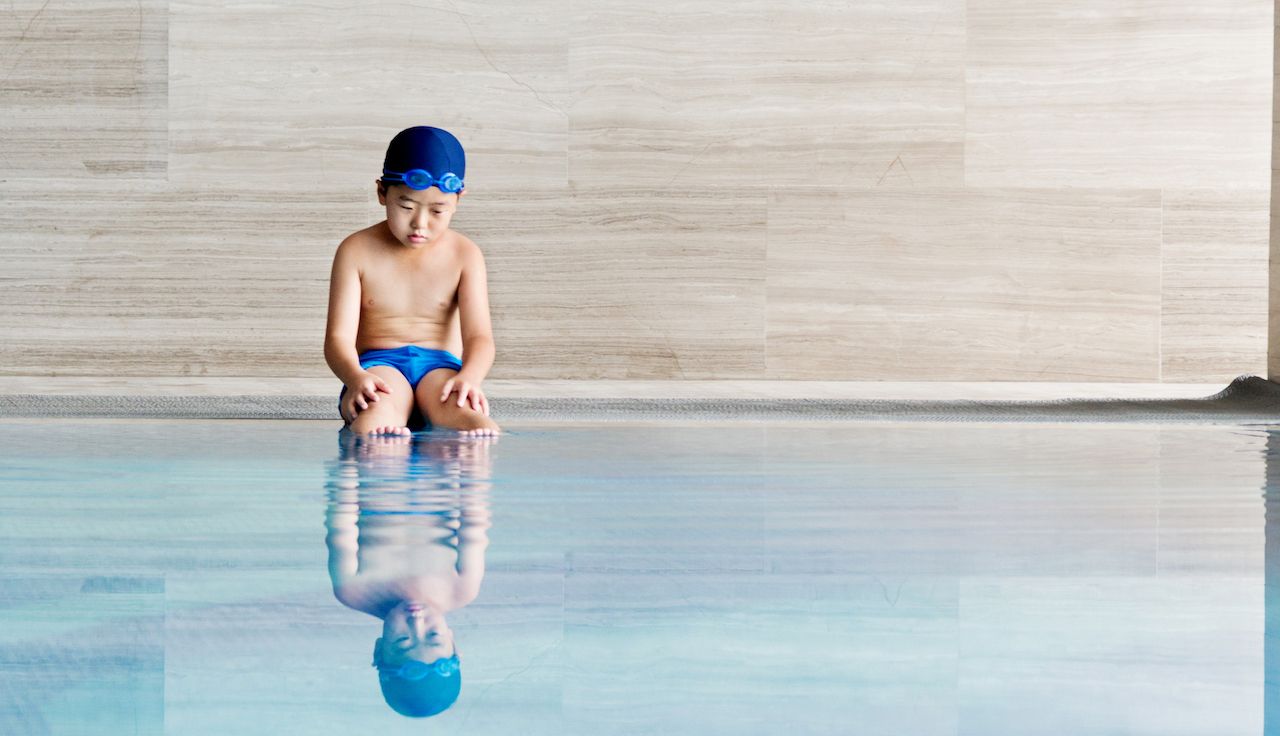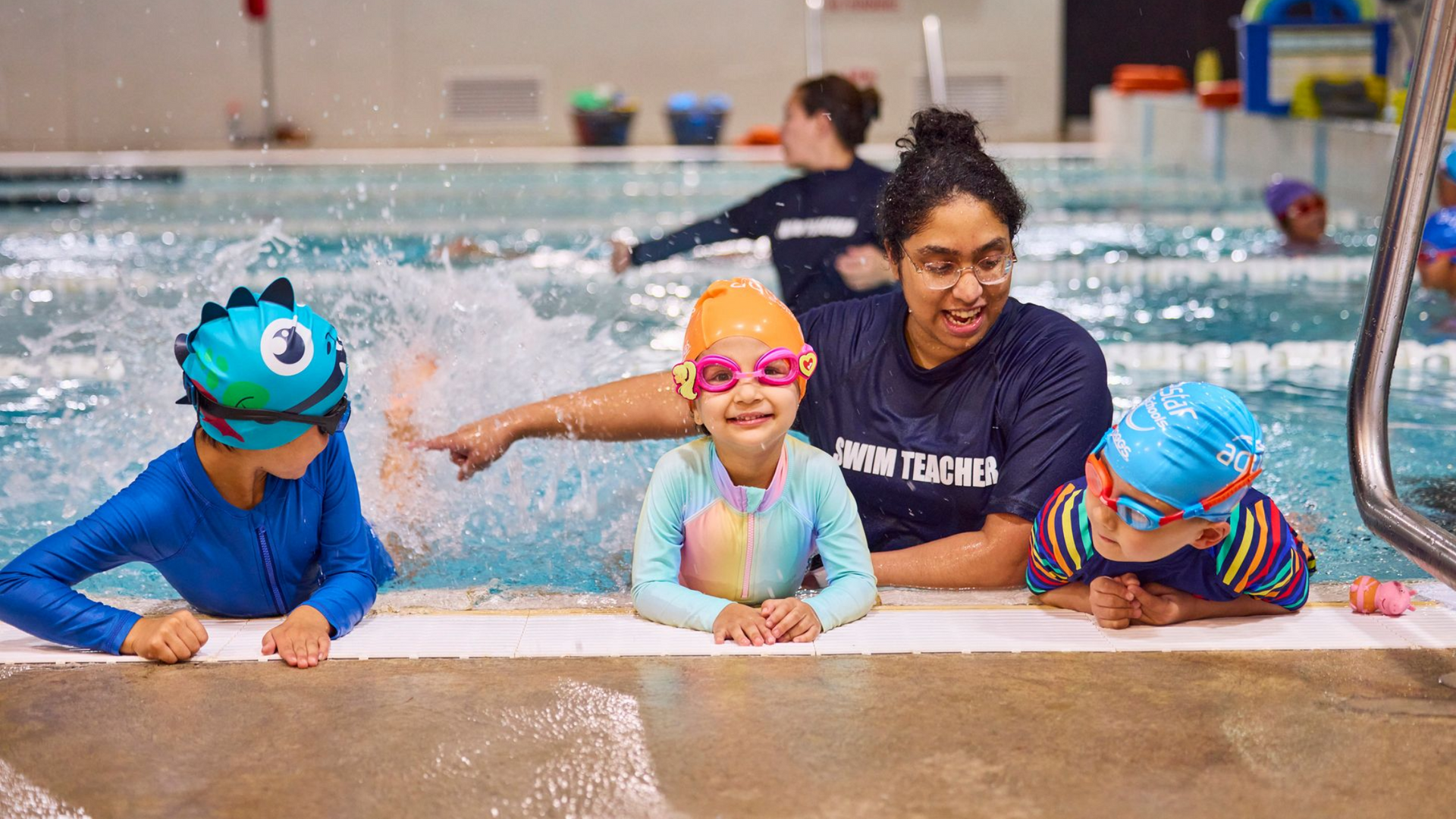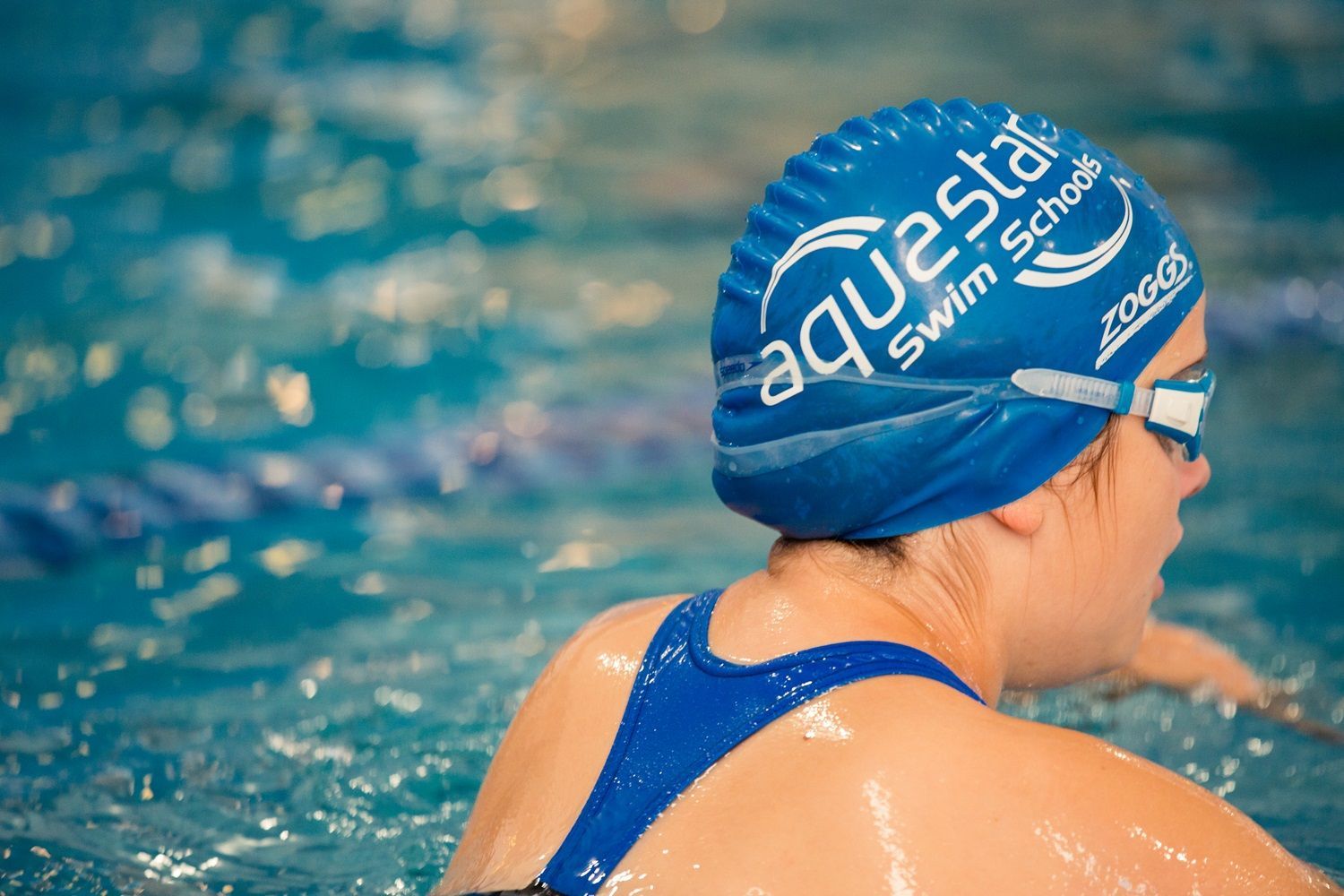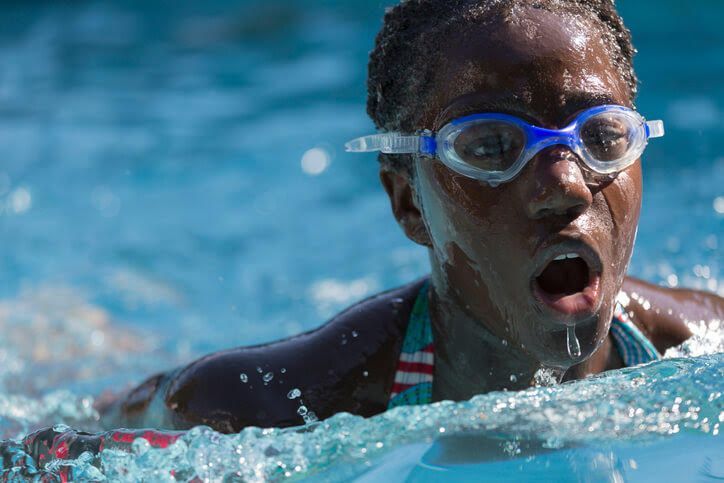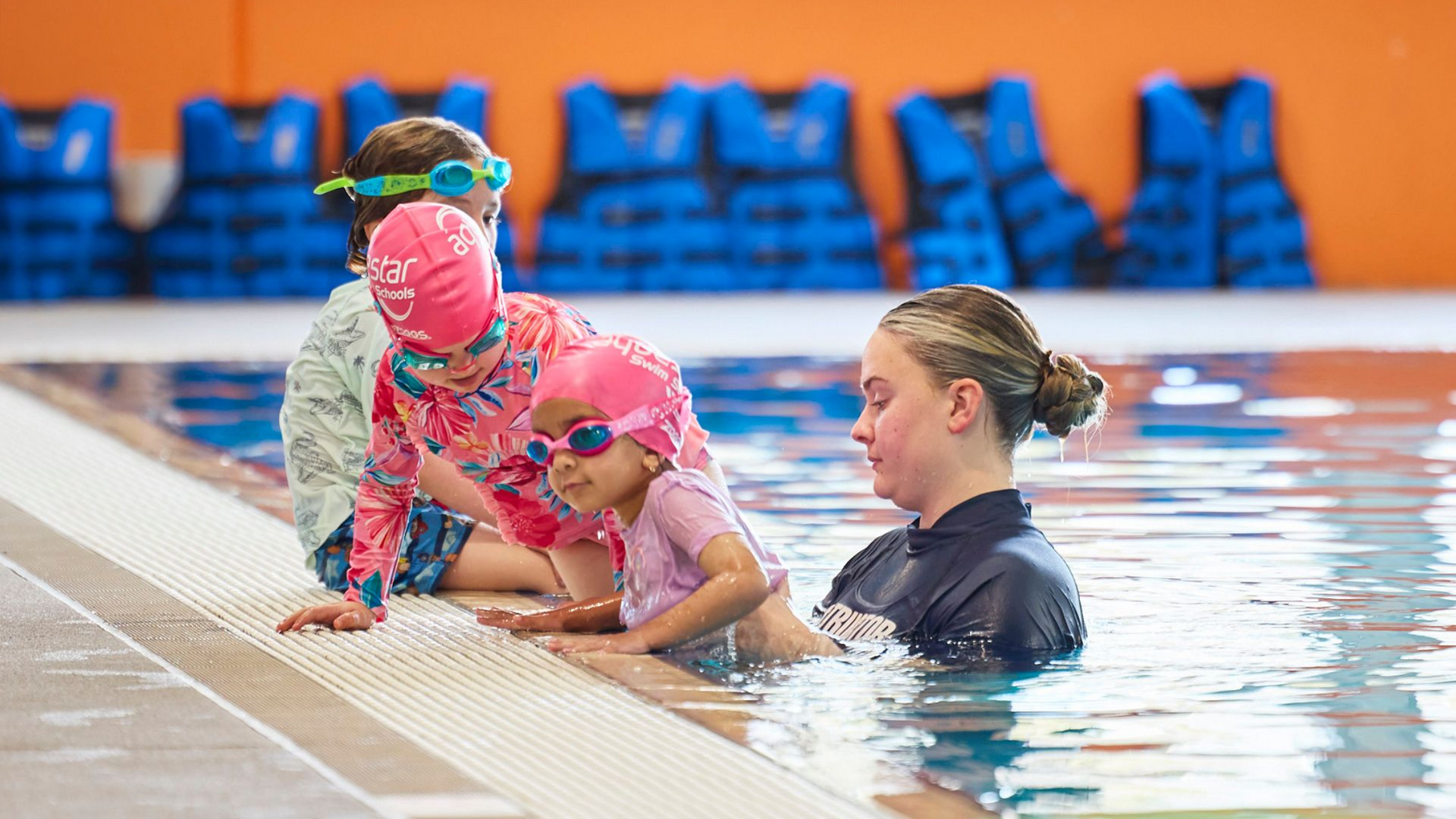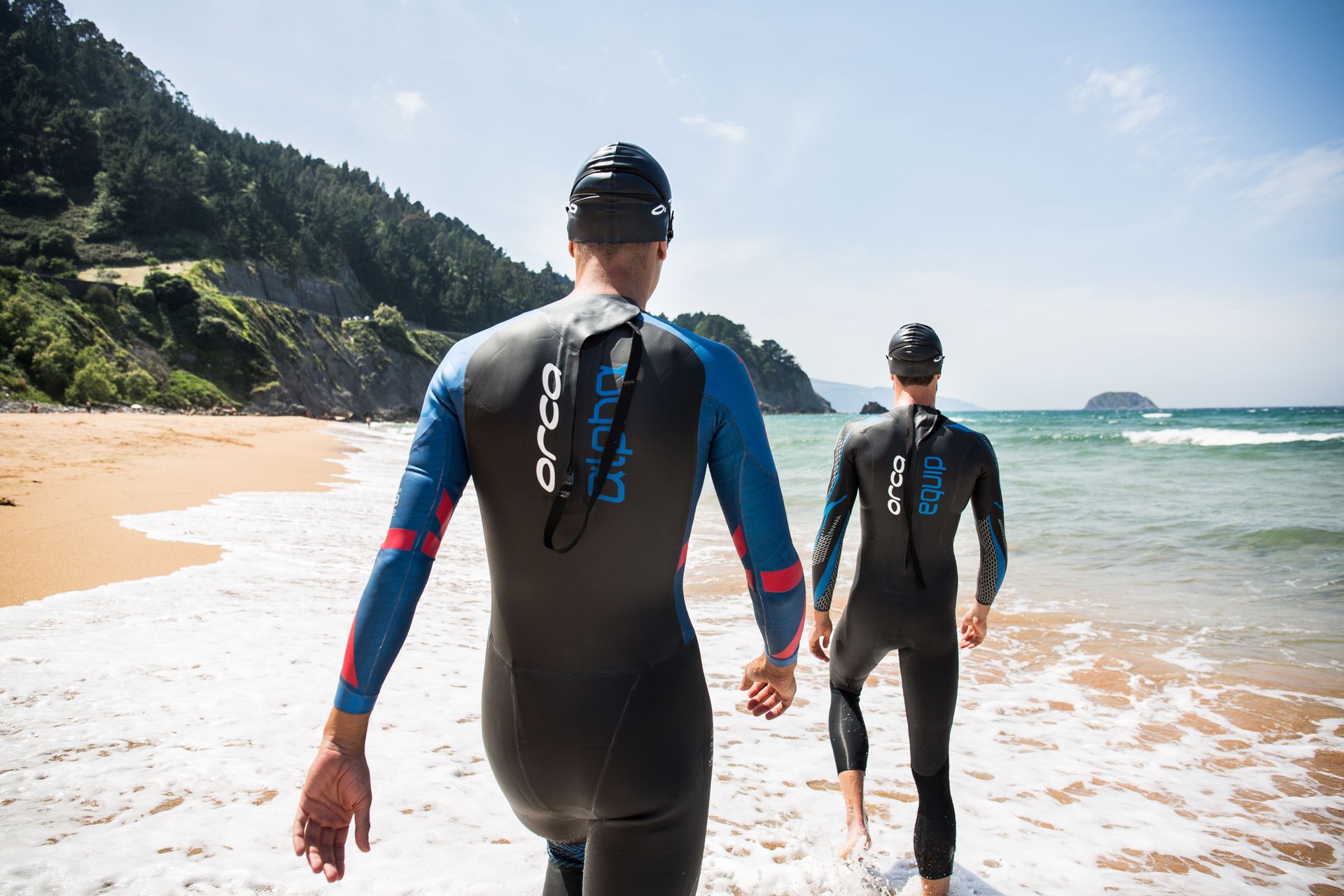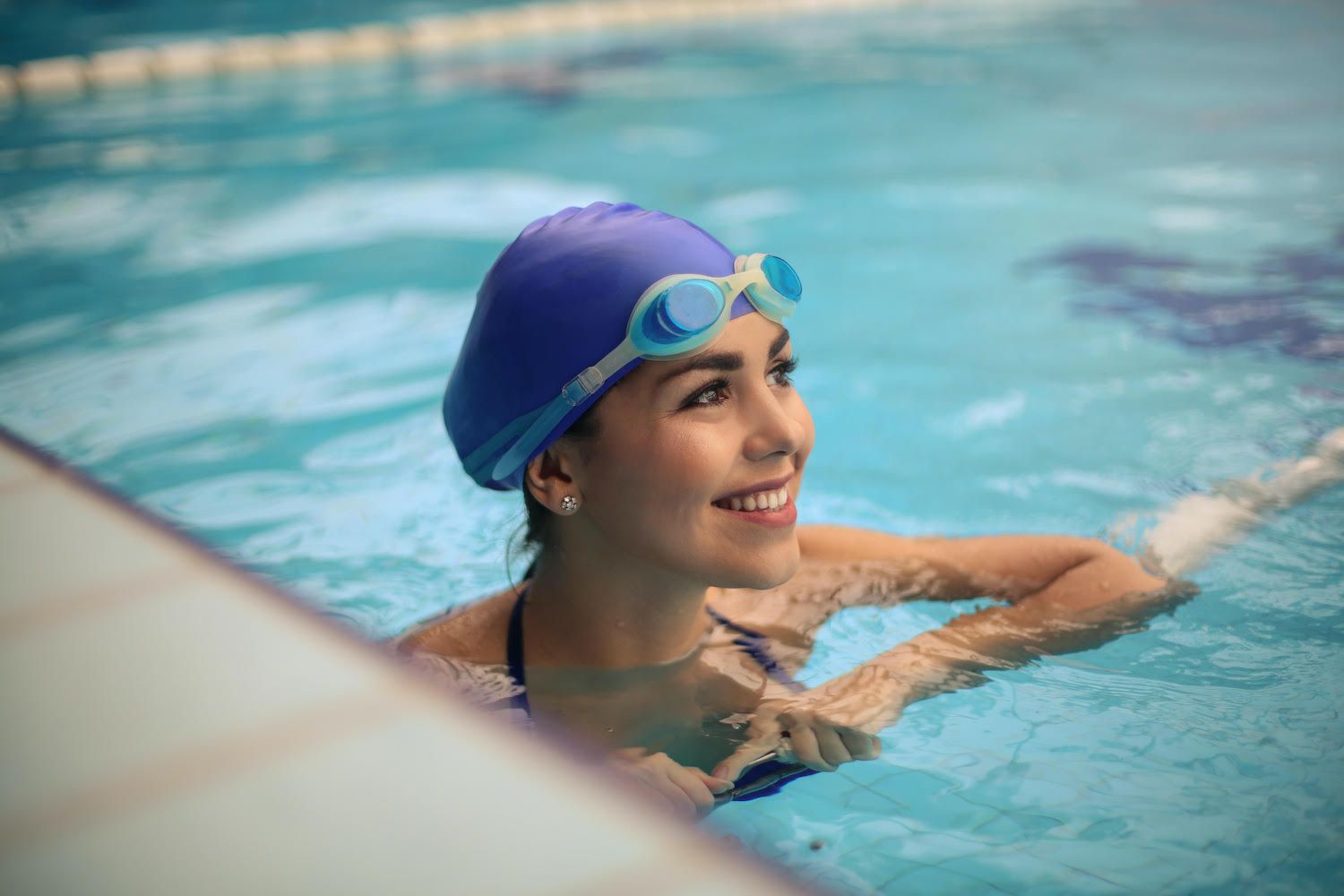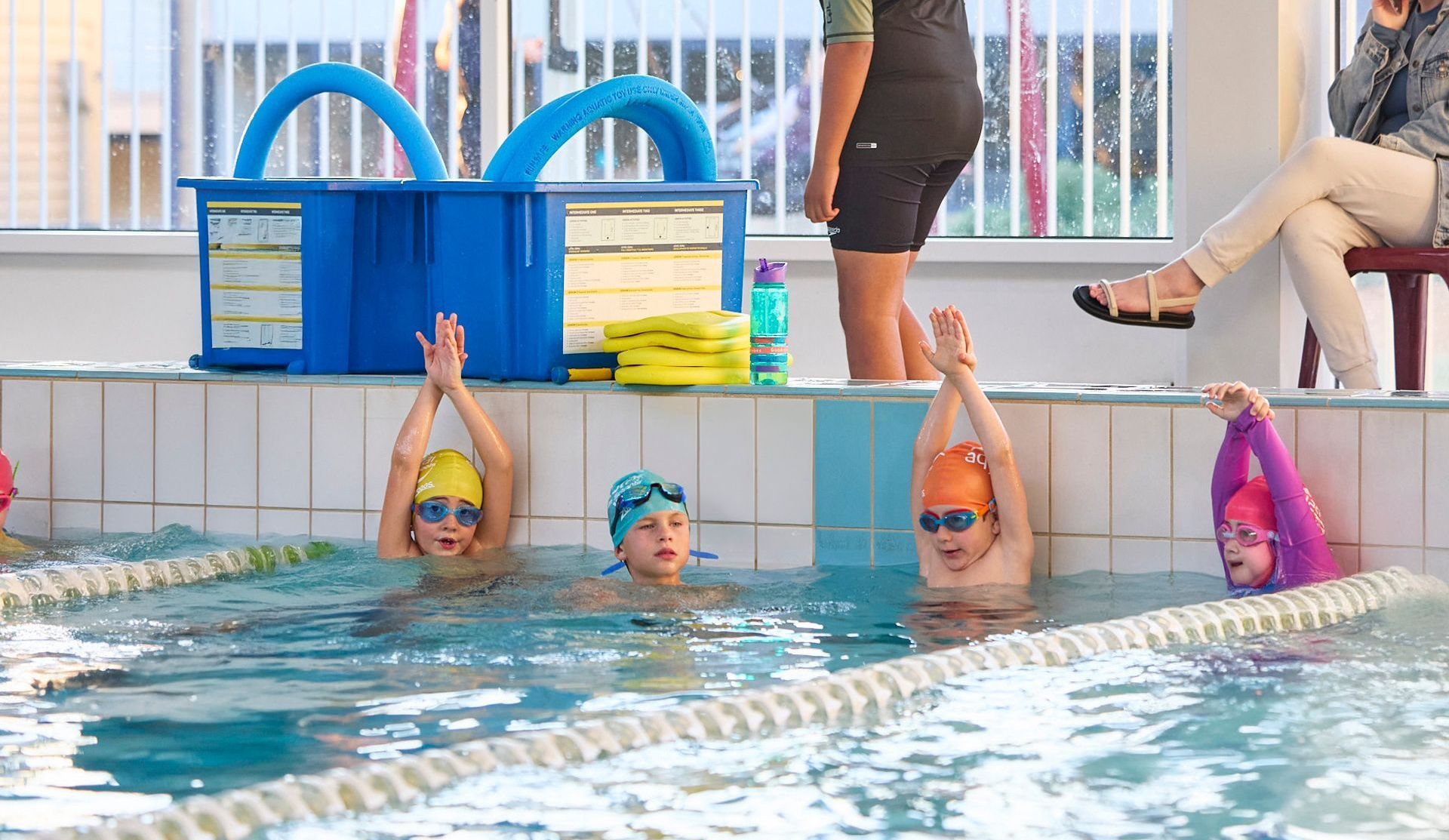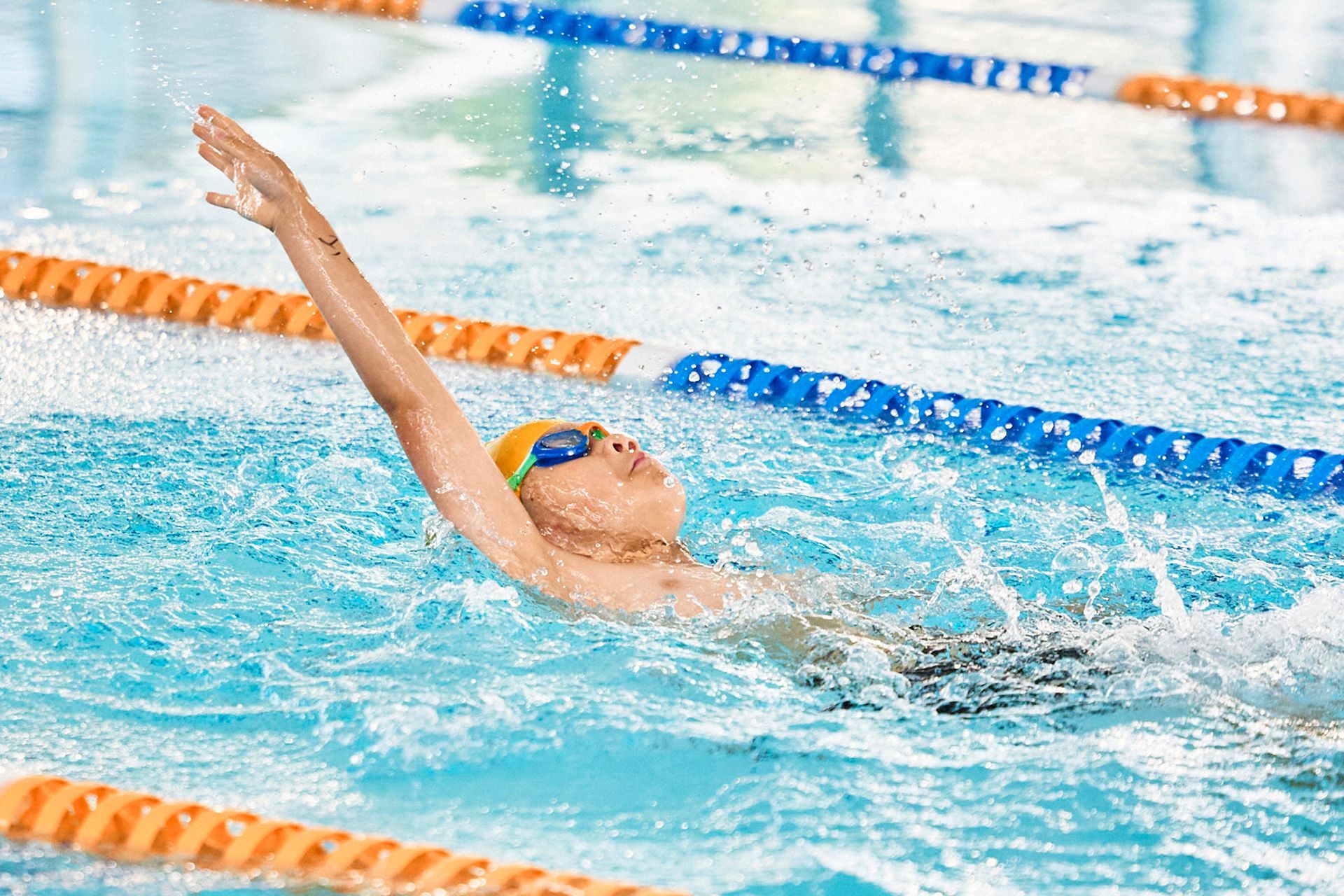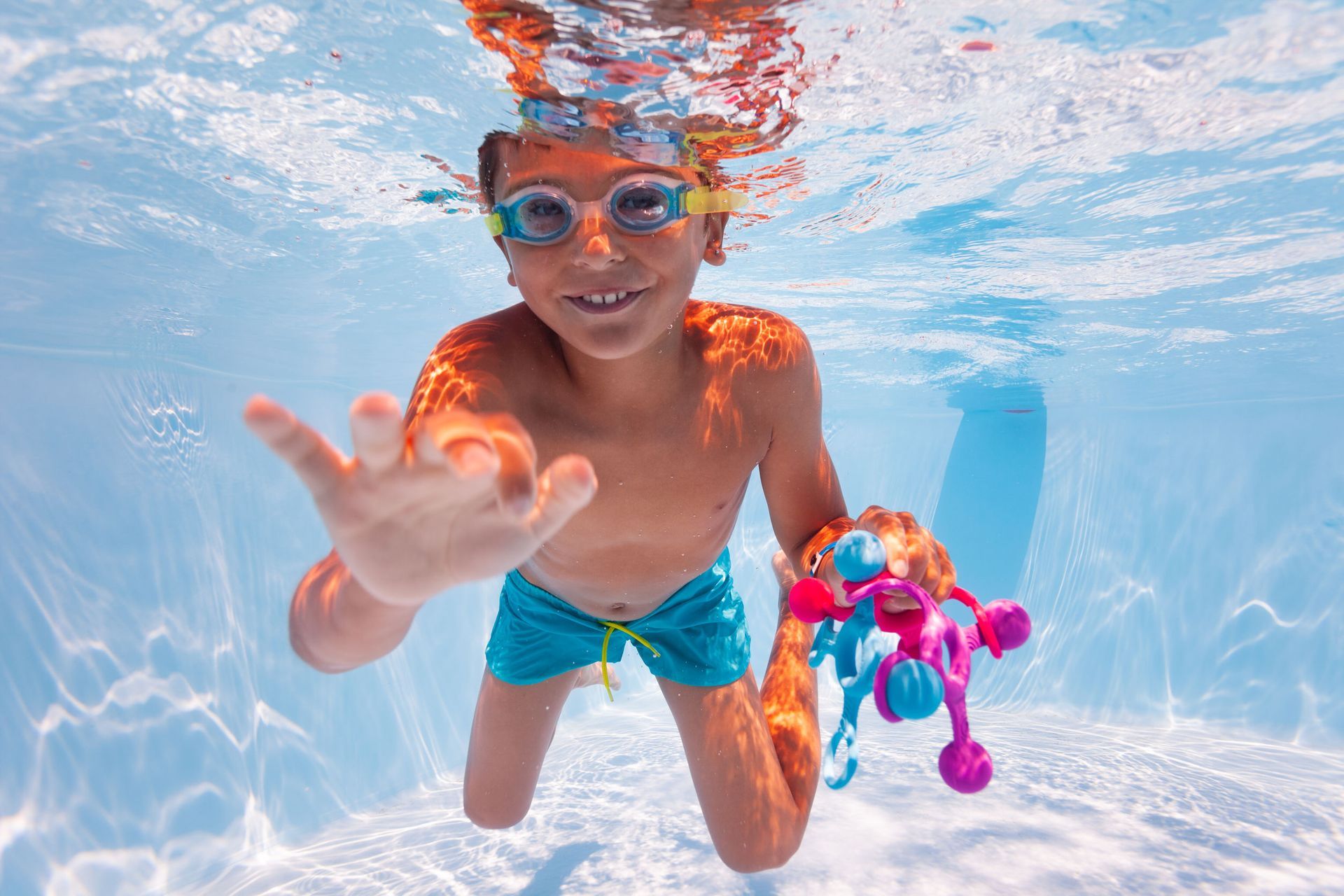The importance of water safety for young children
Twenty seconds is all it takes for a child to drown. It’s a scary figure, and it’s the reason children need to be taught water safety from an early age.
Many fatal drownings happen at home, from backyard pools to bathtubs and dams; in fact, any body of water that is five centimetres or more in depth can pose a risk. It’s often a lack of supervision combined with inadequate safety barriers that contribute to tragedy, as it’s easy to lose concentration for 20 seconds on a hot day by the pool – and an ill-placed Esky by the fence can quickly become an unwitting step-ladder. Accidents can happen despite best intentions, and if they do you want to ensure your child has some awareness around water and is equipped with basic water safety skills. It could be the difference between life or death; even children that survive near-drowning incidents can remain affected long-term.
Toddlers Are Most At Risk
Children between the ages of one and four years old are the most at risk when it comes to drowning, as they are mobile but not always equipped with any water safety skills. Constant supervision around water is essential, but it’s also critical that the child has an understanding of how to handle themselves around water. Basic skills such as kicking, floating and even just an awareness to keep their head above water can provide a literal breather and while the child may not yet be old enough to swim to safety, it could give them valuable extra seconds – providing a greater window to be rescued.
At Aquastar Swim Schools, we offer courses for children of all ages – including this particularly at-risk age group. Our infant classes cover children from six months to three years of age, and while toddlers won’t be cutting laps like a pro, they can certainly gain crucial water safety skills that can make all the difference in an emergency scenario.
Water Safety With Aquastar
So what exactly takes place during infant swim classes? Early classes focus on introducing babies to the water and ensuring they are comfortable, helping them to develop awareness and confidence. Breath control, kicking, and floating are all introduced. From 12 months of age, more structured classes can help with a child’s body position in the water and teach them how to submerge themselves, initiate independent movement and develop kicking skills. From two years of age, there is greater emphasis on developing independence, getting in and out of the water by themselves, and even swimming some distance alone. From here, children graduate to Aquastar’s progressive swim classes where swimming and water safety skills are further developed and honed.
It’s important to remember that young children may not be able to rely on their swimming skills to get themselves out of trouble, even after having lessons; the acquisition of water safety knowledge should never replace proper supervision. However, basic water safety from an early age is an important aspect of keep young children safe and should not be overlooked.
To find out more about Infant swimming lessons at Aquastar Swim Schools, click here.


